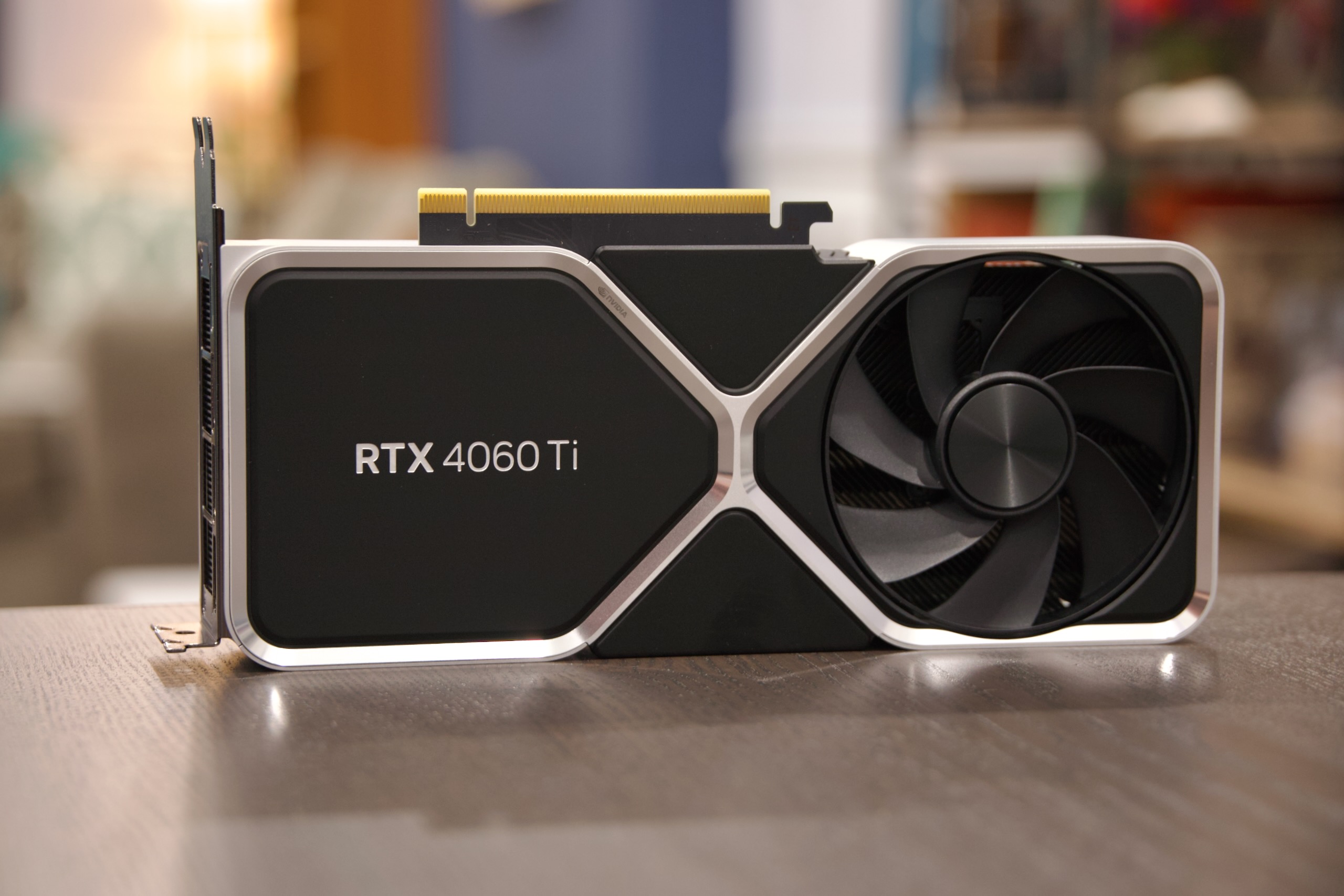Nvidia's announcement of the GeForce RTX 4060 series last week broke the pricing trend set by every other RTX 4000-series card released so far: The 4060 Ti is launching at the same price as its predecessor, and the 4060 is actually getting a small price cut.
But these cards also continued a trend that we noted in our RTX 4070 review—compared to past generations, the performance upgrade just isn't as impressive. The $400 RTX 3060 Ti could match or beat a $700 RTX 2080 Super from the previous generation. The 4060 Ti... well, it can definitely beat a 3060 Ti.
It's a very capable mid-range graphics card that's great at 1080p and can often stretch to 1440p. It gives you more performance and lower power consumption at the same price you'd pay for a 3060 Ti yesterday. And it does all of the Ada Lovelace architecture's special tricks, like DLSS Frame Generation and hardware-accelerated AV1 video encoding. But it doesn't bring last generation's high-end performance down to a more reasonable price the way older Nvidia cards have.
The RTX 4060 Ti
| RTX 4090 | RTX 4080 | RTX 4070 Ti | RTX 4070 | RTX 4060 Ti | RTX 4060 | RTX 3060 Ti | RTX 3060 | |
|---|---|---|---|---|---|---|---|---|
| CUDA Cores | 16,384 | 9,728 | 7,680 | 5,888 | 4,352 | ? | 4,864 | 3,584 |
| Boost Clock | 2,520 MHz | 2,505 MHz | 2,610 MHz | 2,475 MHz | 2,535 MHz | ? | 1,665 MHz | 1,777 MHz |
| Memory Bus Width | 384-bit | 256-bit | 192-bit | 192-bit | 128-bit | 128-bit | 256-bit | 192-bit |
| Memory Clock | 1,313 MHz | 1,400 MHz | 1,313 MHz | 1,313 MHz | 2,250 MHz | ? | 1,750 MHz | 1,875 MHz |
| Memory size | 24GB GDDR6X | 16GB GDDR6X | 12GB GDDR6X | 12GB GDDR6X | 8GB or 16GB GDDR6 | 8GB GDDR6 | 8GB GDDR6 | 12GB GDDR6 |
| TGP | 450 W | 320 W | 285 W | 200 W | 160 W | 115 W | 200 W | 170 W |
The RTX 4060 Ti is a very different card from the RTX 3060 Ti, and it's unique within the 4000-series lineup so far as the only GPU to come with fewer CUDA cores than the card it's replacing. Even the regular 4060 has a couple hundred more than the RTX 3060. The memory bus width also takes a big step down, from 256-bit to 128-bit. Narrowed memory buses are a consistent feature across most of the lineup, but 50 percent is still a big cut.
Nvidia compensates by setting GPU and memory clock speeds much higher, and with changes to the Ada Lovelace architecture, namely a much larger chunk of L2 cache, that means fewer trips out to main memory over that relatively slow 128-bit bus. Those changes do their job—most of the time. The 4060 Ti is usually faster than the 3060 Ti by a decent if not awe-inspiring margin, but there are exceptions (as we'll see in our performance section), and as you go past 1080p the performance benefits get even smaller.





























 Loading comments...
Loading comments...
